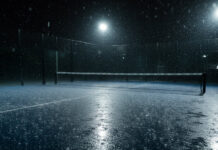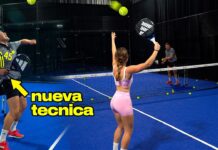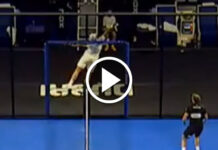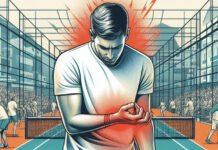In the world of padel, a sport that combines elements of tennis, squash, and badminton, the equipment used by players is crucial for performance. Among the various components of a padel racket, the cord, also known as the safety strap, plays a vital role that often goes unnoticed.
Safety First The primary purpose of the cord is to ensure safety. During an intense game, the risk of accidentally letting go of the racket is significant. The cord prevents the racket from flying out of the player’s hand, which could lead to injuries either to the player or spectators. It’s a simple yet effective way to keep the game safe for everyone involved.
Improved Control Beyond safety, the cord also contributes to better control over the racket. When fastened securely around the wrist, it allows players to swing more freely and with greater force, knowing that the racket is firmly attached and won’t slip away. This confidence in the racket’s security enables players to focus on their technique and strategy rather than worrying about holding onto the racket.
Regulation Compliance Most padel federations and clubs have regulations that require the use of the cord during play. This rule ensures that all players adhere to the safety standards set by the governing bodies of the sport. By using the cord, players not only protect themselves and others but also comply with the rules of the game.
Longevity of Equipment The cord also helps in extending the life of the racket. Dropping the racket can cause damage to its structure and may affect its performance. The cord’s role in keeping the racket tethered to the player’s wrist reduces the chances of such damage, thereby prolonging the racket’s usability.
In conclusion, the cord is a small but essential part of the padel racket. Its benefits range from increasing safety and control to ensuring compliance with sports regulations and extending the equipment’s lifespan. For any padel player, amateur or professional, using the cord is a practice that should not be overlooked. It’s a testament to the fact that sometimes, the smallest elements can have the most significant impact on the game.

































